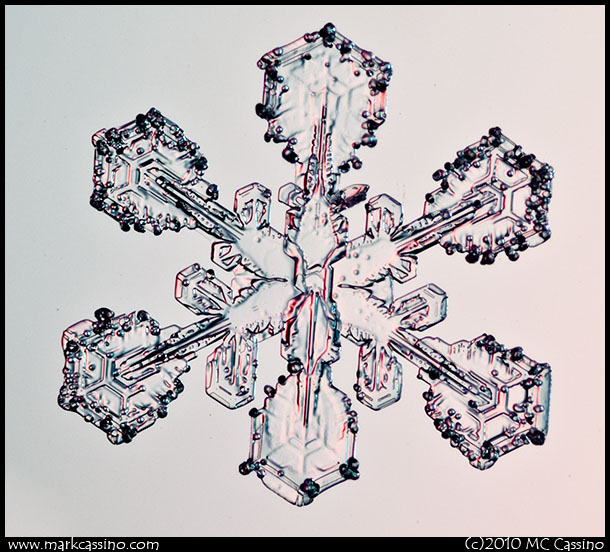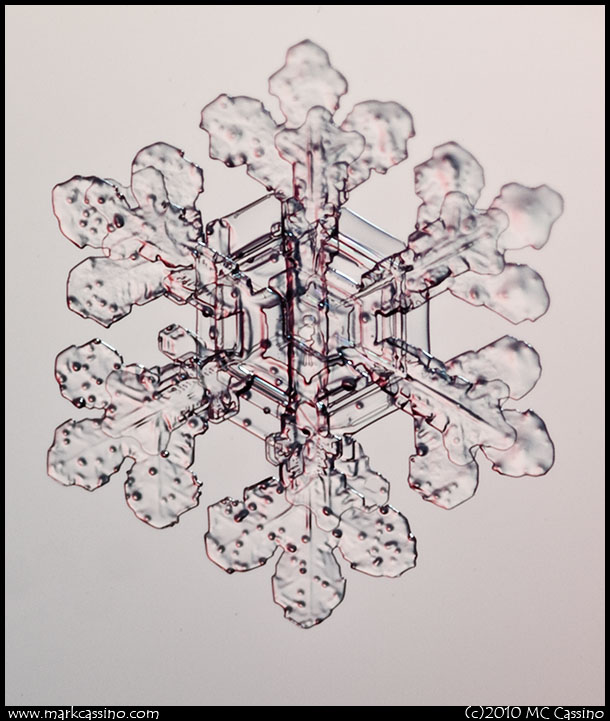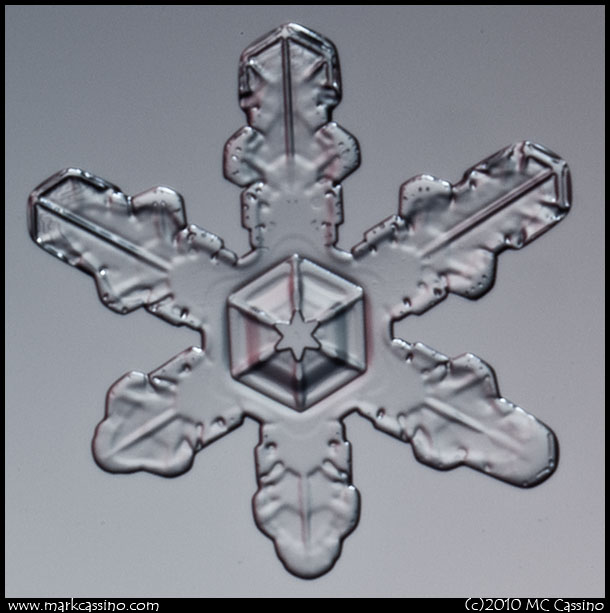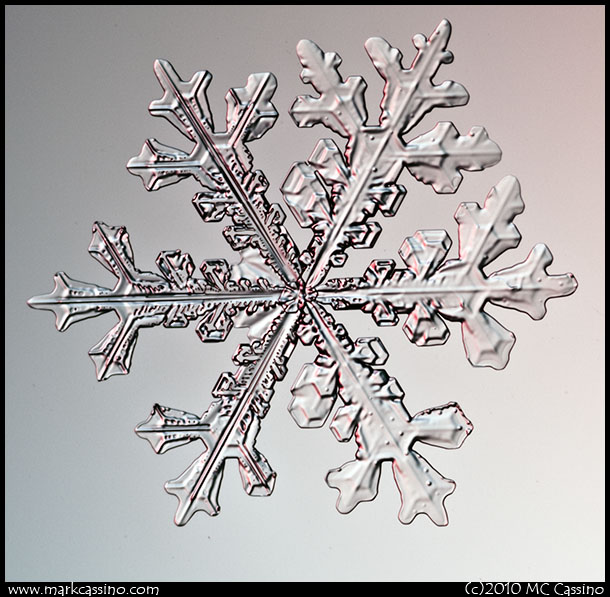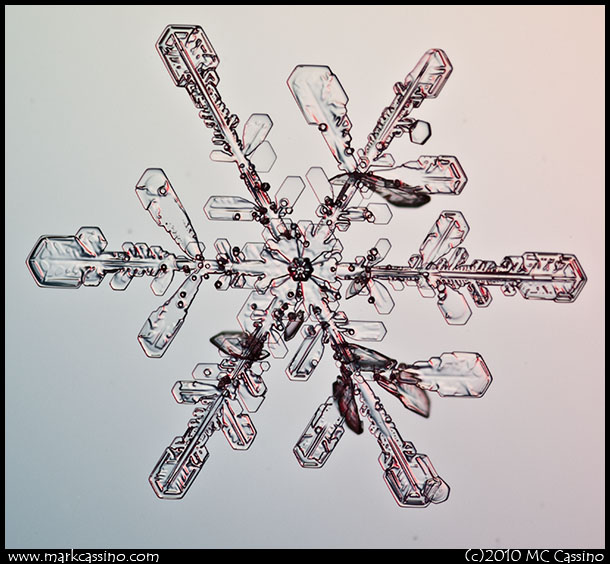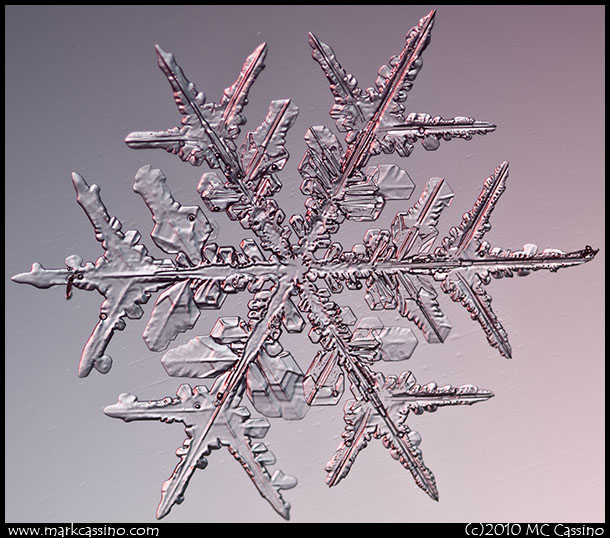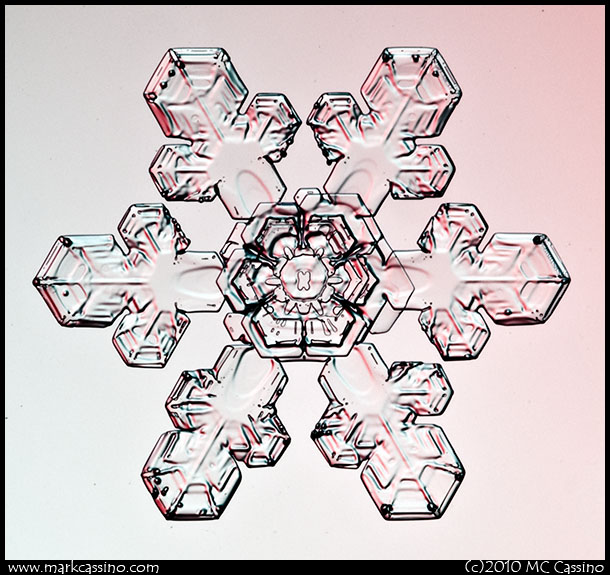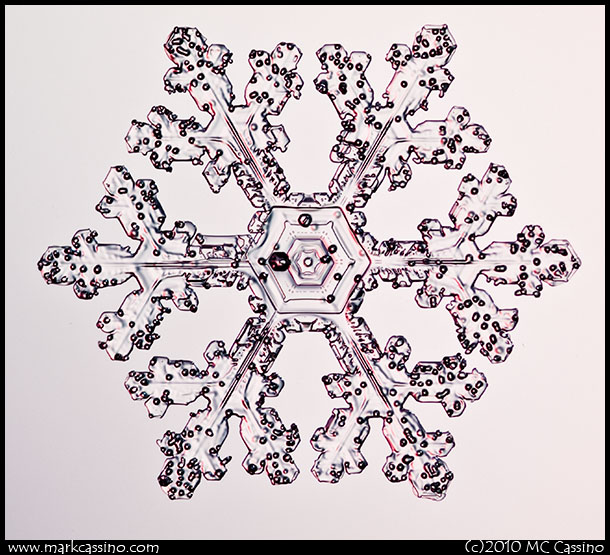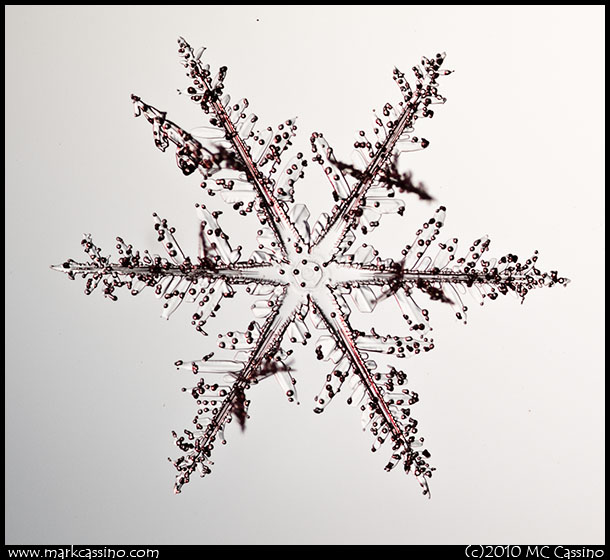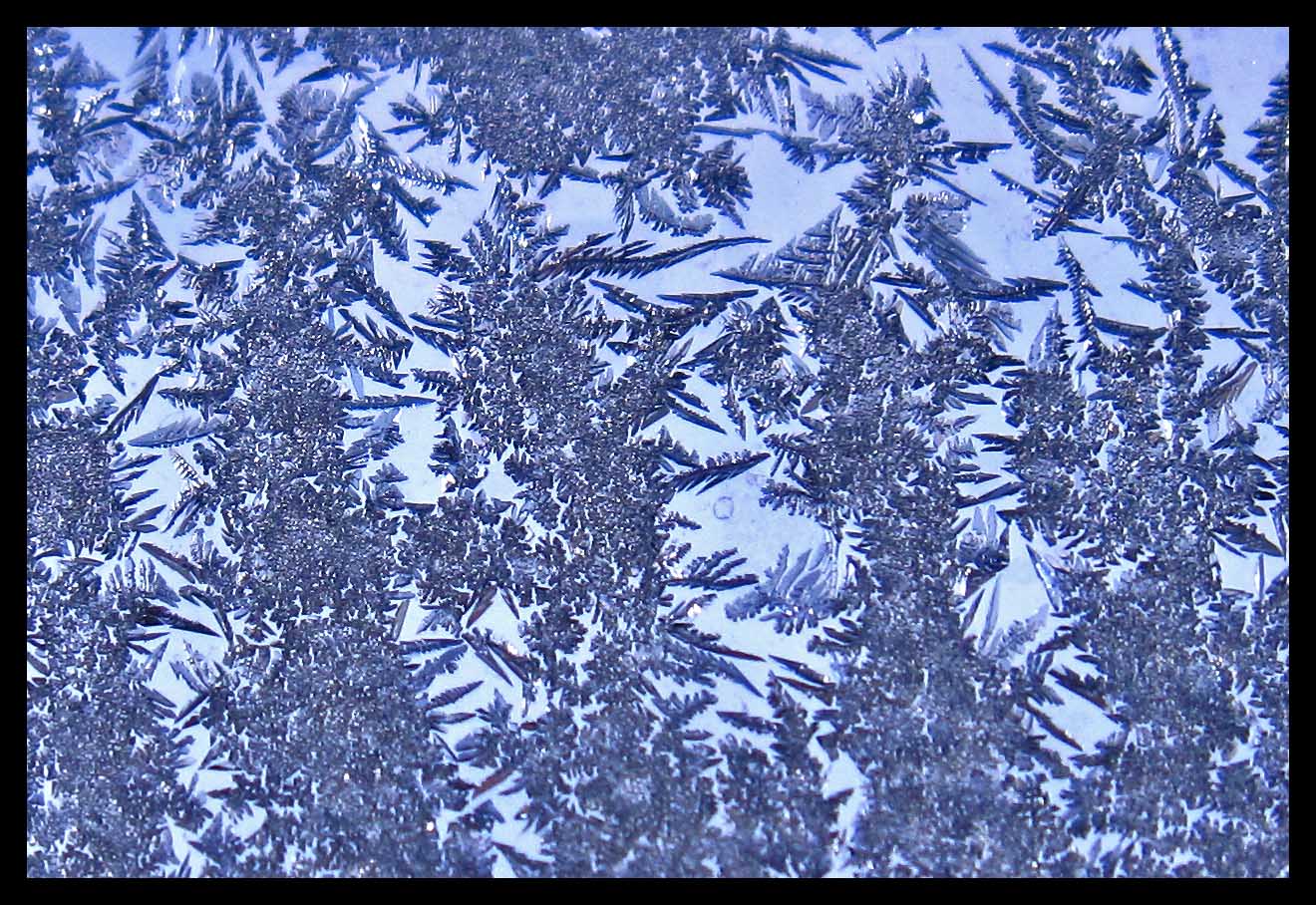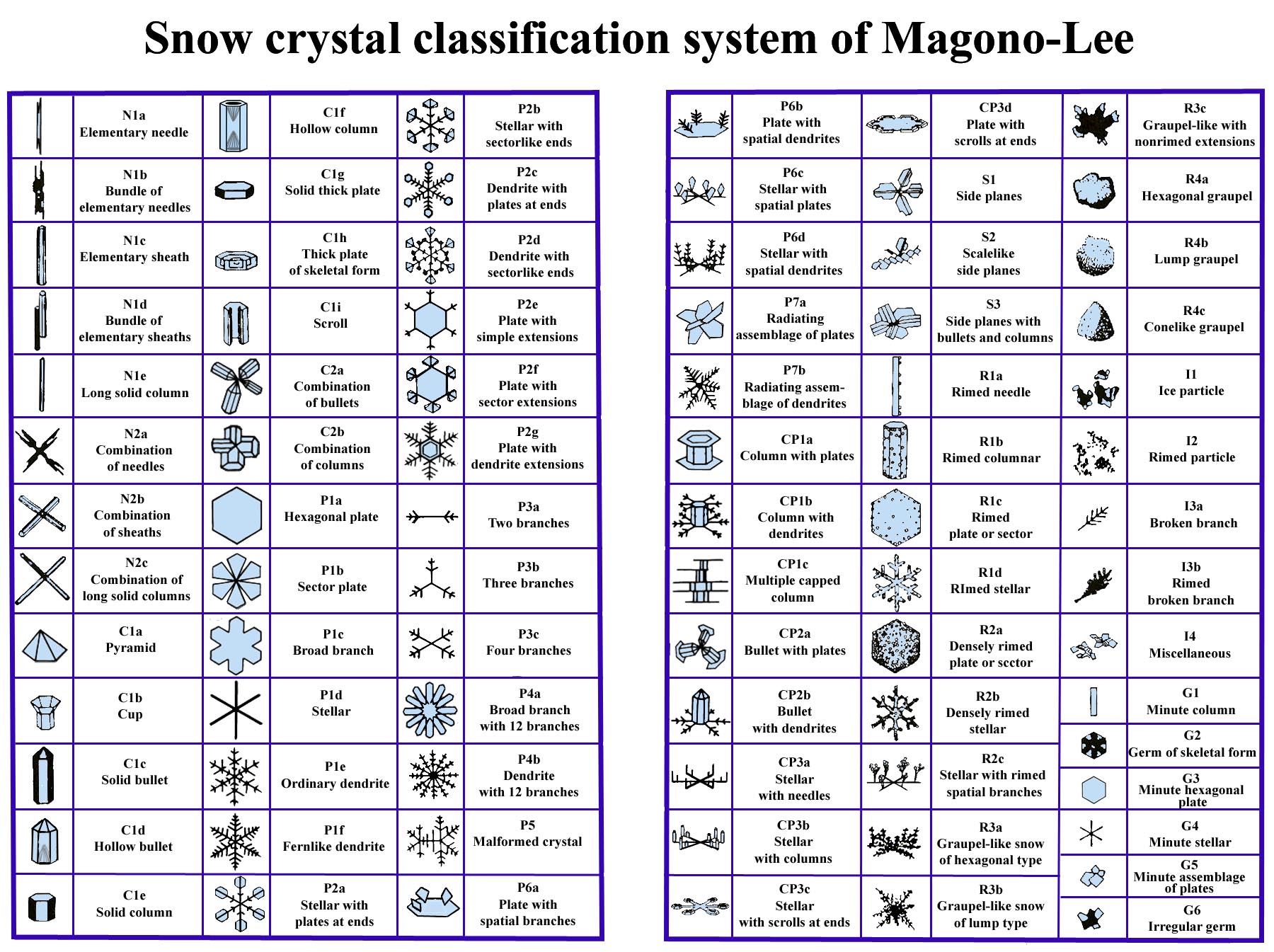2011 AAAS/Subaru Science Books & Films Prize Nominee.
October 10th, 2010The Story of Snow has been nominated as a finalist in the has for the 2011 AAAS /Subaru Science Books & Films Prize for Excellence in Science Books.(AAAS stands for American Association for the Advancement of Science.) Nice to learn about this on the fall weekend when I cleaned out my garage to prepare for another season of snow crystal photography.
Read more and see the other fianlists at http://www.sbfonline.com/Subaru/Pages/Finalists2011.aspx .
Mermaid Affair: A Celebration of Water
May 31st, 2010A fascinating art exhibit dedicated to water in all its many forms will be opening June 1, 2010, at the Commerce Pointe Gallery in Battle Creek, Michigan. I contributed a couple of large snow crystal prints for the exhibit - which I believe are the only photographs of water as snow in the event. With a little luck, copies of The Story of Snow will be on hand at the gallery.
The opening reception will be Friday evening, June 11. The exhibit closes August 31, 2010.
For details, see a-mermaid-affair.net.
New Review in the Cleveland Plain Dealer
March 28th, 2010On March 14 the Cleveland Plain Dealer reviewed several children's picture books that deal with snow. The Story of Snow was on the top of their list, being described as a "dazzling nonfiction picture book." You can see the whole review here.
Japanese Edition Coming Soon!
March 13th, 2010A Few Irregulars
March 7th, 2010I hear the birds sing in the morning - the Cardinal with his 'bomb drop' song, the slurry scrabbly song of starlings at first light, and the 'To-hee to-hee chickachickadeedeedee' of Chickadees - the only bird that sings in deep winter, and gets all the more enthusiastic as spring starts to show.
Snow crystal season is coming to an end - another year.
Photographing snow crystals is a funny thing. I tend to select the best and the brightest, the most symmetrical, the most regular, the most ... extraordinary. It is a biased selection process, for sure. I wipe away thousand of snow crystals in an evening, and take photos of only a few dozen. There is a huge selection bias in play in the photos of snow crystals that are presented...
Of course - no one wants to see photos of the imperfect, the unsymmetrical, the broken or worn. That would be like walking down the street and looking at those passing by... Show us Hollywood Celebrities - the paragons of glamour - and not the ordinary dust of creation.
What can I say? It would be dishonest to ignore the vast numbers of irregular and flawed snow crystals. They outnumber the perfect ones one an incredible scale. So here are a few imperfect crystals - I have to say, they are more perfect than not, in that the truly disorganized have been ignored.
So - how many arms are on this crystal? I vote for ten, but it looks like nine or eleven are possible answers as well. And I thought snow crystals grew in multiples of six - but maybe not when they break up, fracture, grow and re-grow again.
Here's a crystal that is a little asymmetrical. It also has an interesting feature in that one pair of arms have grown across the center.
Here's another show showing a similar center band - the crystal was not laying flat on the glass, so the edges of the arms are visually soft.
A snow crystal grows with a lack of symmetry when it lingers near a source of water on one side - lie passing by a big rain drop in the clouds - that creates a different in the relative humidity between one end of the crystal and the other. Here are three snow crystals showing this lack of symmetry -
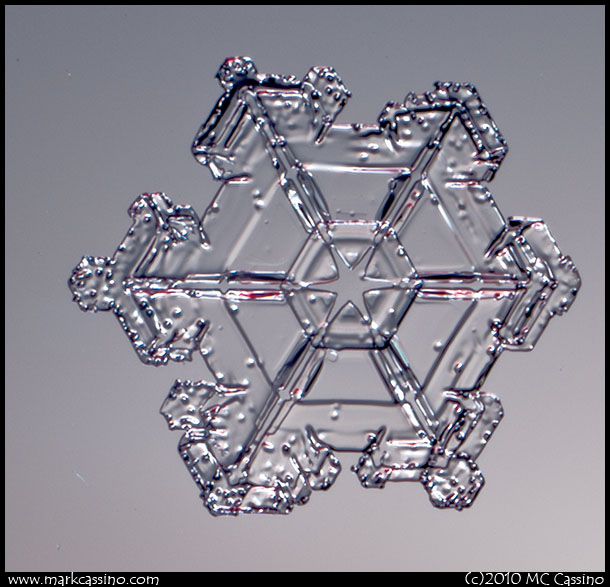
Here's a simple snow crystal that is a composite of three individual snow crystals - or were they really ever individual, or did it just start growing from three nearby nuclei?
And lastly - here is one that is not irregular at all. I think this is a Magono-Lee P6d - stellar with spatial dendrites.
Chicago Public Library "Best of the Best - 2010" List
February 20th, 2010The Chicago Public Library recently published its "Best of the Best 2010" list - and The Story of Snow is on it! The library describes the list as including books that are "some of the very best published for kids in 2009."
You can see the whole list here:
http://www.chipublib.org/forkids/kidsbooklists/bestofbest_list.php
And here's a celebratory dendrite photo - I reckon the subject is a P1e. It seems to have melted a little somewhere in the course of its existence, as the center areas of the arms in the lower left quadrant have smoothed out a bit.
More Snowflake Photographs with Classifications
February 17th, 2010I found Jon's post regarding the Magono-Lee Snow Crystal classification system to be quite interesting. Here are some more shots from Monday night - I'll see if I can classify them... something tells me that will be more difficult than it sounds.
Let's start with something simple. My first guess is that the two crystals that follow would be classified as P2d - Dendrite with Sector-like ends:
It looks like that crystal bumped into a couple of simple plates along the way, and they are stuck to it in the lower right quadrant.
The one below has one spot of rime on it - which I assume is not enough to knock it into the rimey category, so it too is a P2d:
This one is similar in general form to the one above, but has a bit of rime spotting it up. I guess it would fall under rimed stellar R1d under Magono-Lee's system. Personally, I think it would make more sense to have rime as a qualifier of the basic shape, so if I was cooking up a classification scheme I'd call this a Dendrite with Sector-like ends with moderate rime. Maybe P2d-r2.
The next one is a 12 branched crystal without rime, so it is either a P4a (broad branched with 12 branches) or a P4b (dendrite with 12 branches.) Personally, I'd call it a 12 branched variant of the P2d formation, which we just saw above. Maybe P2d-2x? Well - under the existing system it is either a P4a or P4b...
You may have noticed what looks like a sectored plate emerging from one arm at about the 8 o'clock position - that appears to be a growth at the end of that arm.
OK - let's get back to something simple. I think the following are all ordinary dendrites - P1e.
This first one has a 'crack' in the center plate - something I've seen several times. I'm not sure what causes it.
And I'll close out with three rimey subjects, the first two would be R1d - Rimed Stellar and, I think, the last one would be R2b - Densely Rimed Stellar. Though one might think it was a densely rimed fernlike stellar dendrite - maybe P1f-r3, eh?
Magono-Lee is an interesting classification system. I don't understand exactly why it places such an emphasis on rime at the expense of the core structure of the crystal. It seems to me that rime is an incidental condition independent of the core structure of the crystal. Classifying rimey crystals as a distinct group is sort of like lumping all molting birds into a distinct group. But just as Nietzsche observed that histories reveal almost as much about the historians who wote them as about actual past events, I'd speculate that classification systems tell us a bit about the people who developed them as well as the subjects being classified. Maybe rime was important to Magono or Lee...
So - how many did I get right, Jon?
- Mark
Three From This Evening
February 15th, 2010The Window of Many Cacti
February 14th, 2010The resemblance may be a bit more obvious in the following shot, which I took two years ago on seeing this form for the first time.
How to classify snow crystals
February 14th, 2010According to Edward LaChapelle’s Field Guide to Snow Crystals (1969), the most widely used classification for falling ice is a system of 10 types from the International Commission on Snow and Ice, which came out in 1951. A few years later, ice researcher Ukichiro Nakaya published a new system with four times the number of ice types. The number doubled 12 years later in 1966 when Magono and Lee published an extension of Nakaya’s system. Of all systems, I think Magono and Lee’s classification of 80 types gets the most use nowadays, so I show it here to help make more people aware of it.
To classify a crystal, you simply look at the table below and find the example that most nearly resembles your crystal. This table is a scanned copy of the one in LaChapelle’s book, with some markings cleaned up and a little color added. Click on it to enlarge.
For example, the crystal in Mark's Feb. 14 posting is P1c, a broad-branch crystal.
The number 80 seems large, but even this system has notable omissions. Magono and Lee include graupel (R4a, R4b), which are crystals that collided with many supercooled droplets, but they exclude crystals that collided with and adhered to other crystals. That is, they exclude snowflakes. Other omissions include distinct forms like the spearhead and seagull types as well as sub-divisions of forms they do include; for example, plates like P1a except with unequal sides such as the oft-sited trigonal forms (alternating prism faces are shorter/longer), and hollow columns like C1f except with hollows on all faces. And although they include 12-branched crystals, they don’t include 18 and 24-branched forms. They probably had a good reason for excluding these forms, but it would be nice to have a more complete table for the avid naturalist to refer to.
Choji Magono was a professor of geophysics at Hokkaido University in Sapporo Japan, and C. W. Lee was his student. I’ve known about other work by Magono for some time, but I’ve never found any other publications by Lee. I recently asked about Lee to someone who once was a student there, and he told me that Lee returned to North Korea soon after getting the PhD, apparently never to be heard from again. It sounds like a sad ending for a once very promising young researcher. If you can read this Lee, here’s a big thanks for your great dissertation work.
- JN


